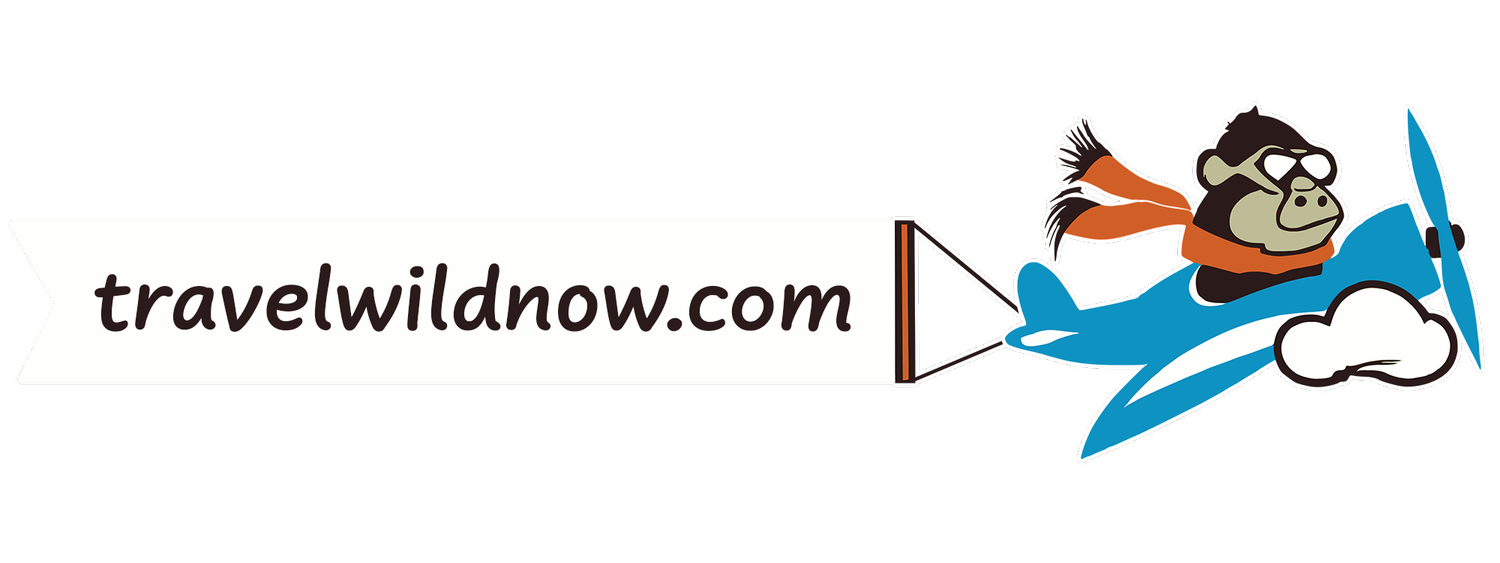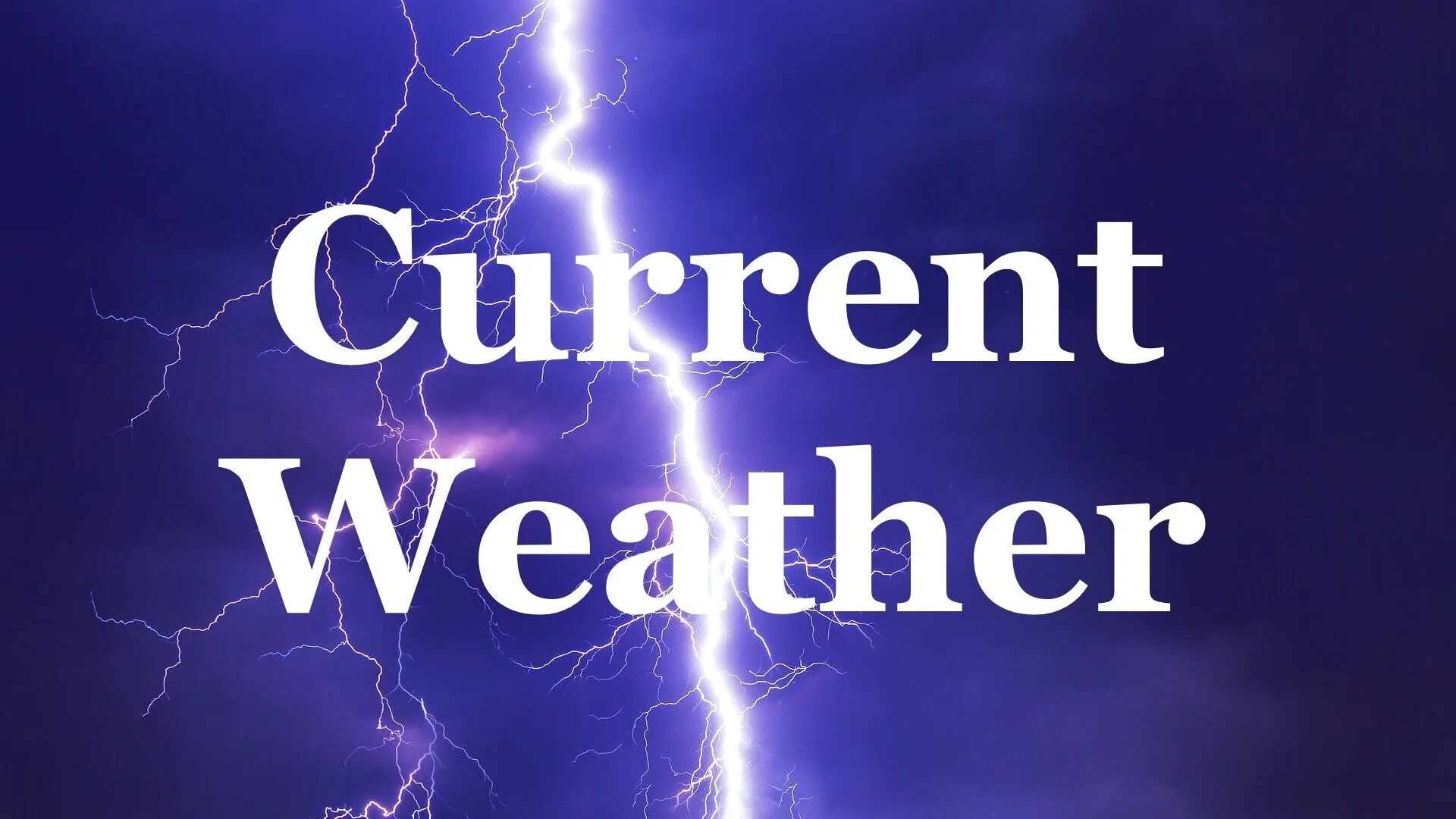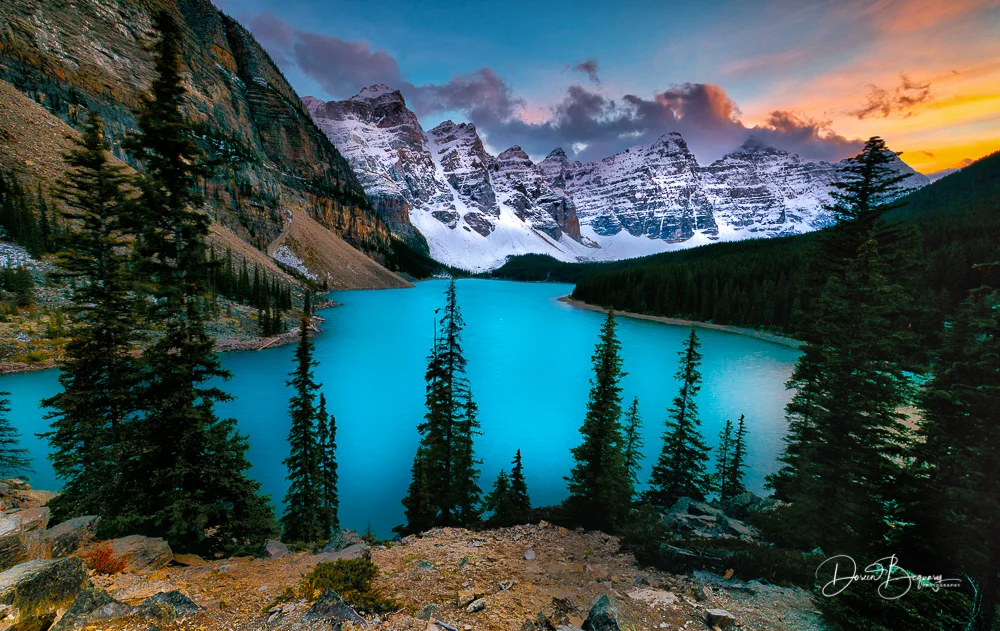
CANADIAN ROCKIES 10 Days
This itinerary visits Banff National Park, the Icefields Parkway, Yoho and Jasper National Parks.
The Canadian Rockies mountain range spans the provinces of British Columbia and Alberta. With jagged, ice-capped peaks, it is a region of beautiful alpine lakes, diverse wildlife and outdoor recreation sites. About 50 peaks in the Canadian Rockies surpass 3,350 meters (11,000 ft). Mount Robson at 3,954 meters (12,972 ft ) is the highest. They are considered more spectacular than the American Rockies.
📌 Tips:
Travel Guides: Moon Canadian Rockies, Lonely Planet or Fodor’s Canadian Rockies.
Download the All Trails <app> on your smartphone. Essential for any hike.
Make sure you stop at a National Park Booth to purchase your Park Pass.
The Canadian Rockies are open all-year round. However some businesses are closed beginning in early October to mid-May. In addition many roads and hiking trails become less accessible due to snowstorms.
⛷️ Ski enthusiasts: The best ski season in the Canadian Rockies is between December and March.
🏨 Fairmont Chateau Lake Louise, is a world-class 539-room luxury resort in a stunning location. (Expensive) <Reservations>
DAY 1
Arrive at Calgary Airport, then transfer (~2 hrs) to your Lake Louise hotel in Banff National Park. <directions>
If arriving late, consider staying at the terminal - Marriott Hotel.
🚗 Renting a car offers flexibility and convenience.
Banff is a world-class destination known for its majestic mountain scenery, outdoor adventures and two stunning glacier-fed lakes.
🚣 Lake Louise is recognized for its stunning turquoise waters, fed by glacial melt and framed by towering mountains.
Vivid Water: The lake’s bright color contrasts beautifully with its alpine surroundings.
Victoria Glacier: A dramatic backdrop and photo highlight.
Outdoor Fun: Enjoy canoeing, hiking, and year-round activities.
🚣 Lake Moraine - It is 14 km (8.7 mi) from Lake Louise in the Valley of the Ten Peaks. The lake's bright turquoise color comes from light reflecting off nearby glaciers, and it is surrounded by tall peaks and forests.
The two (2) lakes are popular with both professional and amateur photographers.
Lake Louise and Moraine Lake typically melt by late May.
Alpine hiking season begins in late June. Ski season begins in mid-November.
🅿️ Parking your car is a huge problem. Use Parks Canada shuttles:
We recommend Shuttles for drivers visiting Lake Louise or Moraine Lake <Learn more> <Reserve Shuttle>
Overnight: Lake Louise, (4 nights)
Distance:
Calgary --> Lake Louise, 2 hrs. <route>
Lake Louise <—> Lake Moraine, 20 minutes apart.
DAY 2
Explore Lake Moraine.
Lake Moraine, 15 km from Lake Louise, is one of the world’s most photographed lakes, surrounded by mountains and waterfalls.<map>
Watch a beautiful sunrise or sunset if the weather is nice. ⚠️ It is best to arrive one (1) hour early to catch sunrise and sunset. Parking is typically hassle-free at that time.
GPS coordinate: 51.3217° N, 116.1860° W
Moraine Lake Road is closed to personal vehicles year round. <Learn more about access>
Parks Canada shuttles and commercial operators run from June to mid-October.
Exceptions are for visitors with parking permits, people with disabilities, and guests of Moraine Lake Lodge.
🚣♂️ Canoe rentals - are available at Moraine Lake Lodge canoe docks.
Planning a day hike? Start early to avoid the crowds.
Best hikes at Lake Moraine.
<Read more>
Larch Valley:
The moderate hike is most spectacular as the autumn colors come alive.
Rockpile hike:
The best spot for great photos of popular Lake Moraine.
Lakeshore Trail:
An easy flat 3 km RT trail with excellent mountain views.
DAY 3
Visit Lake Louise-known for its turquoise lakes and mountain backdrop. <Learn more>
Wildlife spotting is common—moose, bears, elk.
Canoe rentals are available at the Fairmont Lake Louise canoe docks.
Engage in at least one hike.
Best Hikes at Lake Louise:
<Read more>
Lakeshore trail:
An easy 4 km stroll allowing visitors to explore Lake Louise. Duration: 1 hr.
Fairview trail:
View of the Fairmont hotel on Lake Louise. Difficulty: moderate, 2.5 km. RT.
Lake Agnes trail:
A 8 km heavily trafficked RT trail with nice views and a teahouse. Difficulty: moderate
Plains of the Glacier:
At end of the popular trail is a teahouse. Difficulty: moderate, 14 km. RT.
Plain of the Glaciers
The Treehouse:
You can grab a delicious lunch at the teahouse before returning back.
DAY 4
Explore Yoho National Park. <map> The park contains alpine lakes, cliffs, waterfalls and wooded trails.
Wapta Falls, is located on the Kicking Horse River.
Emerald Lake (easy shoreline trail) - this turquoise lake offers superb walking and paddling.
Takakkaw Falls (10 min. stroll from parking lot.) - these falls are among the highest in Canada.
Overnight: Lake Louise.
Distance: Lake Louise ---> Yoho Parkm, 35 min.
DAY 5
Next stop - Icefields Parkway - a 240 km stretch of double-lane highway winding along the Continental Divide connecting Banff and Jasper National Parks.
Exceptional photo opportunities along the way. <Points of Interest>
Bow Valley - area with short trails. A nice spot to grab a photo.
Peyto Lake - a vibrant blue glacier fed lake, located 40 km (25 mi) north of Lake Louise.
Lake Cephren - a easy trail, great for a family hike. 8 km. RT.
Located on Hwy 93 North, 60 km north of Lake Louise in the Waterfowl Lakes Campground.
Columbia Icefield - two (2) hours north of Banff or one (1) hour south of Jasper.
The best time to visit the Icefield is before 1PM or after 3PM. It is the largest Icefield in the Rocky Mountains.
Saskatchewan River Crossing - a region where elk and moose are commonly seen. <location>
The Icefields Parkway is open year-round but may close in winter due to avalanches. For up-to-date road conditions, call 511 in Alberta or 1-855-391-9743 in North America.
Overnight: Jasper (4 nights) <where to stay>
Distance: Lake Louise ---> Jasper (with no stops) 4 hr. / 240 km.
DAYS 6-8
Three (3) days exploring Jasper National Park.
The park is famous for its large wild areas, impressive mountains, diverse animals, and stunning scenery.
Lake Maligne-located 1 hr. from downtown Jasper. It is famed for the color of its water, the towering peaks & several glaciers.
The best hiking trails + <trail map>
Moose Lake Loop - an easy self-guided 3 km. trail where moose are regularly spotted.
Within the lake sits Spirit Island, a frequently photographed islet.
Explore Spirit Island - a tiny picturesque islet in Lake Maligne and one of Canada’s most popular attractions.
Only accessible by boat (Lake Maligne Boat Tour). <departure location>
Take a cruise to Spirit Island. A “must do” tour. Duration: 2 hr. Best time for a photo is the afternoon.
<Cruise operates from June 3, 2023 — October 9, 2023>
🦌 Medicine Lake - a common place to spot moose at dawn or dusk, drive 23 km from Jasper town center. <location>
Valley of the Five Lakes - a moderate walk, 2 hours, it is a place of beautiful colors consisting of five (5) lakes.
Pyramid Lake <map> is a wonderful after dinner walk close to the town of Jasper. The trail is family-friendly, perfect for people of all ages, with beautiful views of the stunning lake.
Day hiking in Jasper Park <read more>
Download the Day Hiking Guide.
Overnight: Jasper.
Carry bear spray when hiking.
DAY 9
Today drive back to Calgary. Head south on the Icefields Parkway toward Banff.
Sunwapta Falls - a five (5) minute walk from the parking lot, off Icefields Parkway, located 55 km south of Jasper. <location>
If time permits, stop and explore Banff. The town consists of boutiques and restaurants mixed with souvenir shops.
Overnight: Calgary
Distance:
Jasper Park ---> Banff, 4.5 hr.
Banff ---> Calgary, 1.5 hr.
DAY 10
Depart anytime for your flight back home.
-
1. Will I be attacked by a bear in the Canadian Rockies ?
Bear encounters are common in the Canadian Rockies, however it is very very uncommon to be attacked by a bear unless you get too close or do something stupid ! Plain truth. Bears are shy creatures and are more scared of humans than we are of them!
The general rule is, as long as you act correctly, you'll be fine. If you're hiking outside of the more popular areas, always carry bear spray and know how to use it. Bear spray can be bought in any general store. To avoid confrontations with bears while hiking, always make noise, talk or sing loudly to alert them of your presence.
2. Will I be able to witness the Aurora Borealis ?
NO. Places like Banff or Jasper are too far south so the chances of seeing an aurora display in Banff is very unlikely, than somewhere further north like Yellowknife in Northwest Territories. Yellowknife is in fact one of the best places in the World to see the Northern lights.
3. Is driving in the Canadian Rockies safe ?
Yes, Canada's roads are excellent. With wide lanes and plenty of signs, it's easy to navigate.
4. Is there tipping for resturants and other services in Canada ?
Tipping is expected in Canada much like the USA but generally it's a little less than the US 20% norm.
5. Should I make hotel reservation well in advance ?
Yes, the sooner the better, because peak season is June thru September so the season is short.
Popular hotels can book out more than 6 months in advance.
6. Do US citizens need a passport to/from Canada ?
Passport requirements have been a complicated and ever-changing issue for U.S. travelers to/from Canada.
We STRONGLY RECOMMEND to have a valid US. passport to lessen any unexpected complication. The Canadian government requires citizens of the United States to have a passport to fly to or transit through a Canadian airport, but not to enter Canada by land or by boat. For those travelers, in lieu of a passport, Canada requires that you carry proof of your citizenship, such as a birth certificate, certificate of citizenship or naturalization, or a Certificate of Indian Status, as well as photo identification.
Average cost:
(EXCLUDING AIRFARE)
$$$ USD for two (2) people
Budget: $4,000
Moderate: $5,000
Luxury: $6,300 +
🌤️ Climate
During the months of June through September you are most likely to experience good weather with pleasant average temperatures.
The last 2 weeks of September is the best time for fall foliage season.
Cold season /winter are the months of November through April.
May is the wettest month.
February is the driest month. Most likely to get clear blue skies. BUT temperature is very cold.






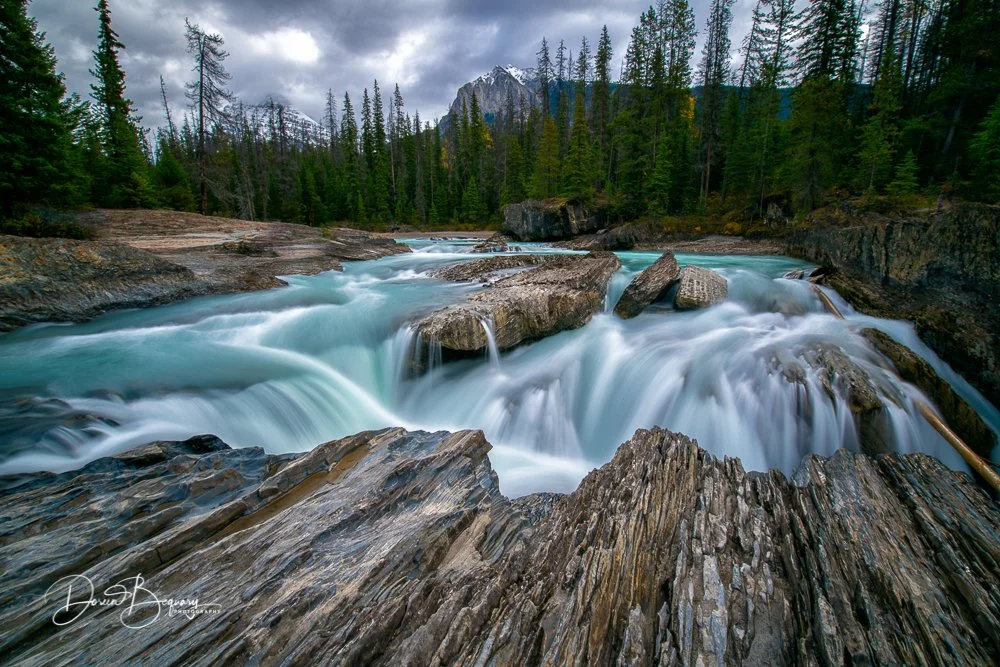
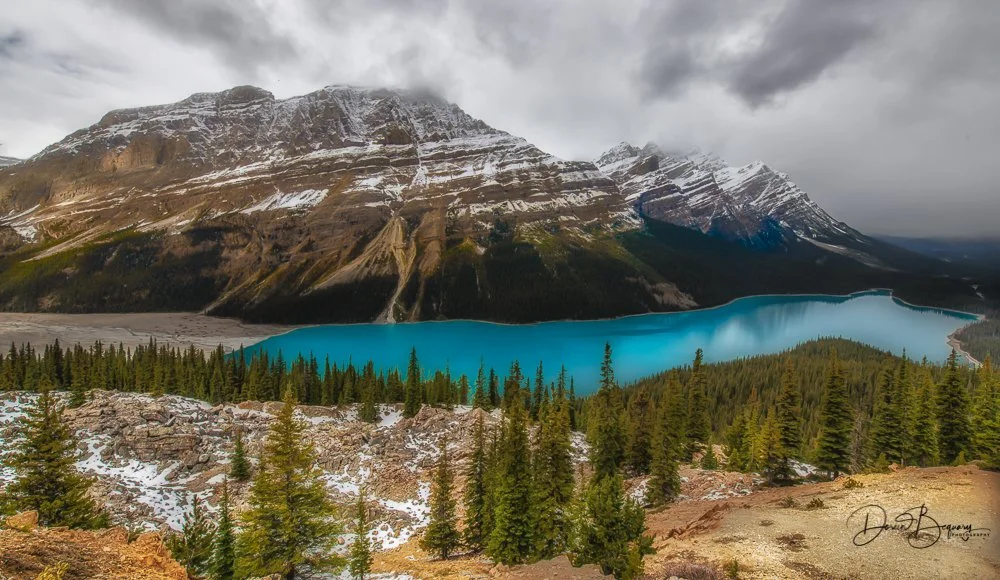




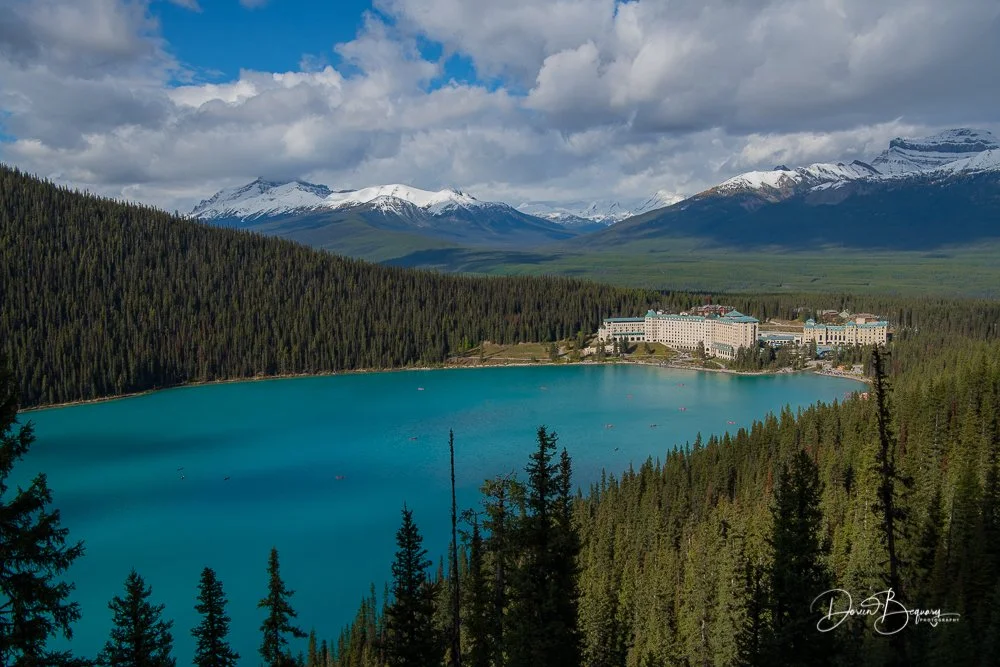





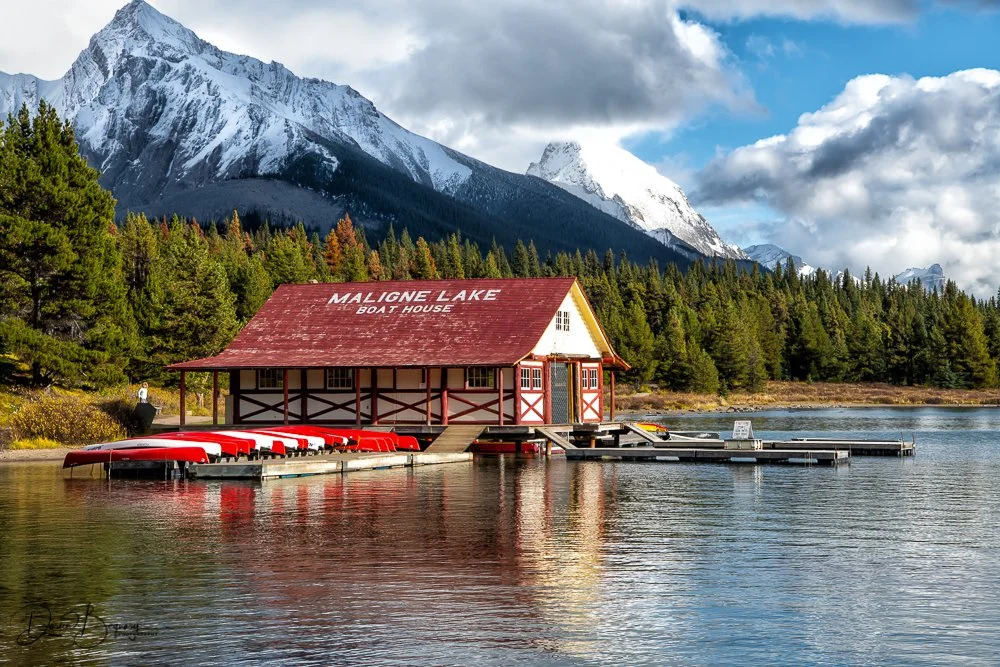



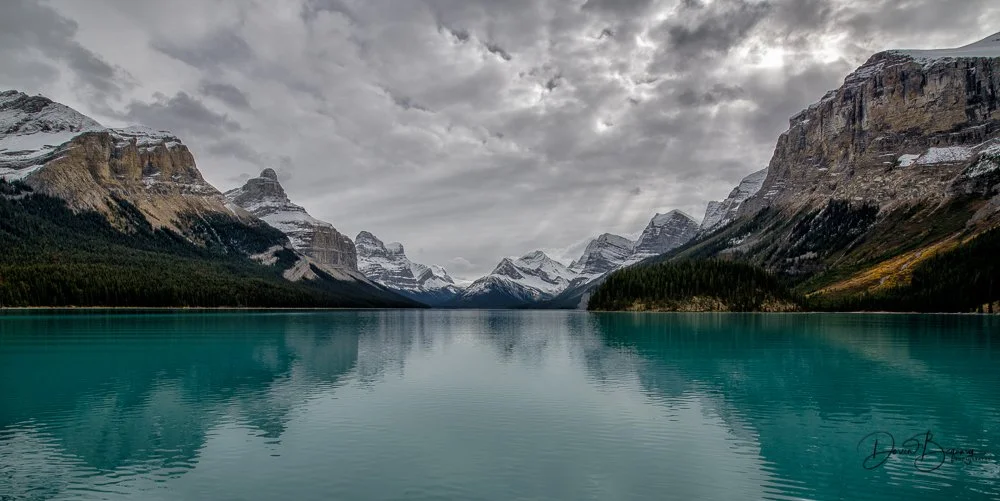




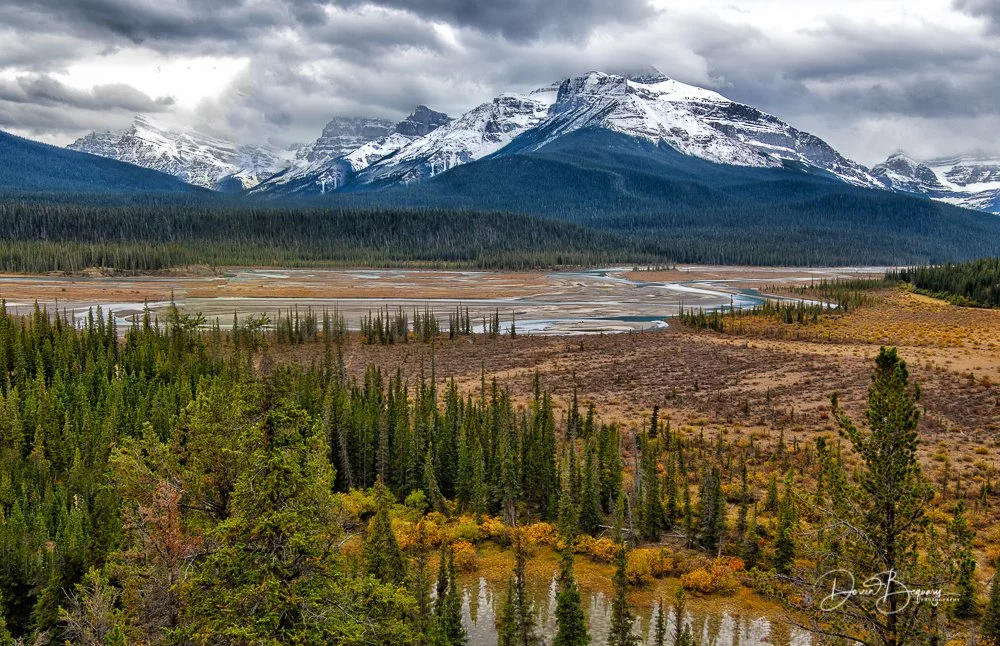

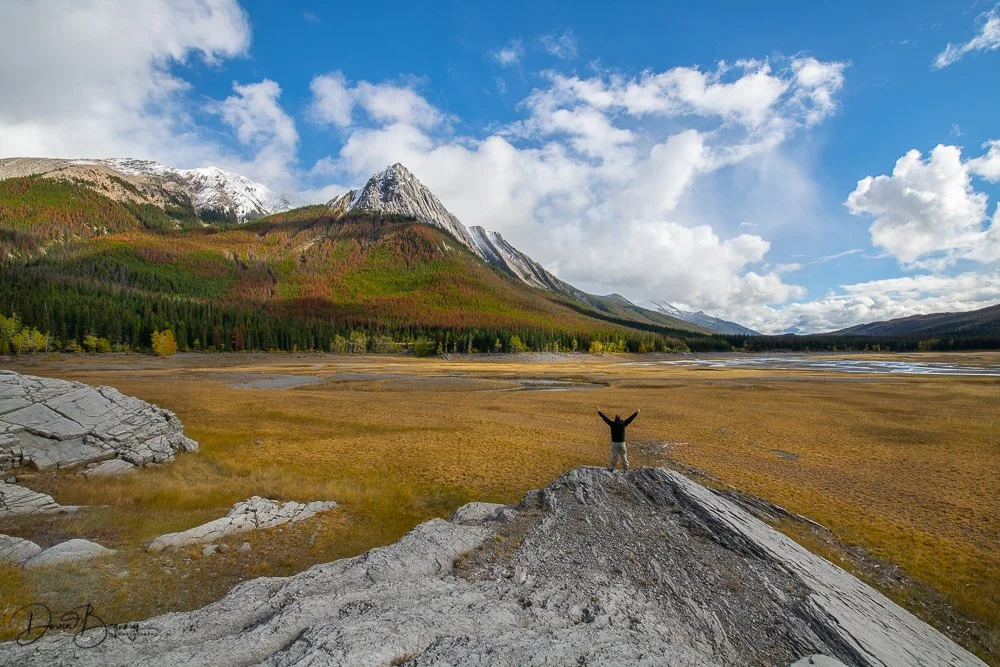









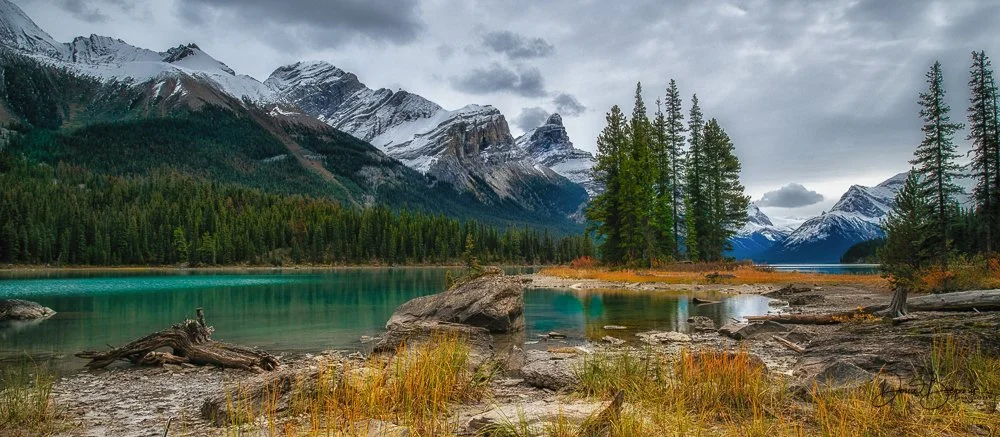
Source: Wikipedia, Government Canada Parks., hikejasper.com, venture beyond.No copyright infringement is intended on this website by travelwildnow.com